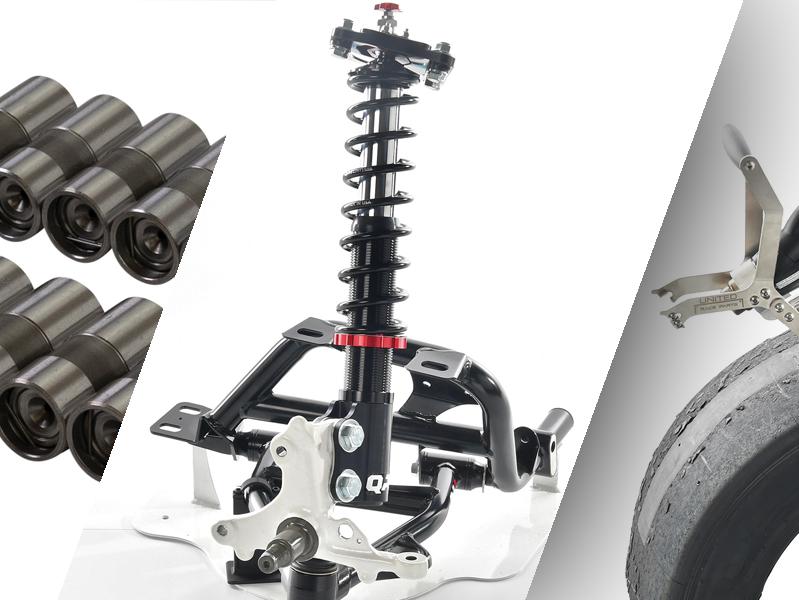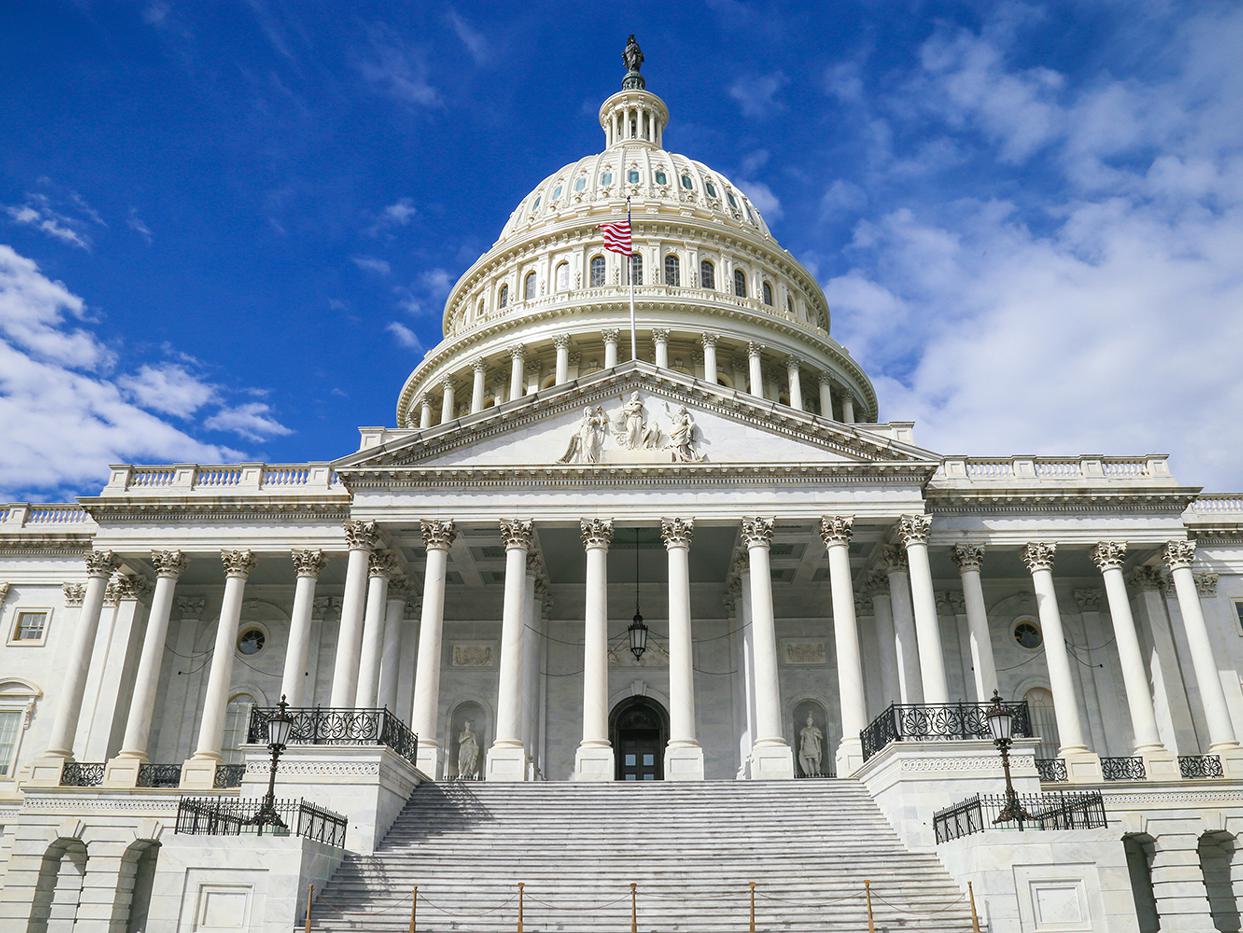From The Executive Editor

Autonomous race cars are not larger versions of RC cars.
This may sound ludicrous to our readers, especially the engineers. Yet it’s one of many misconceptions encountered by the team at the Indy Autonomous Challenge (IAC), as described in this month’s Special Report about autonomous race vehicles, which begins on page 28.
While walking the aisles of Lucas Oil Stadium at the 2023 PRI Show, I finally had the opportunity to examine the IAC AV-21 chassis built by Dallara—modified from their original design for the Indy Lights Championship—that competed in the Indy Autonomous Challenge from its first race in 2021 at Indianapolis Motor Speedway through 2023. The technology in the race car amazed me, especially the lidars, radars, cameras, and GPS signal antennas throughout the vehicle, as described by Gina O’Connell. But the technological marvel of what has been accomplished through the previous chassis has been upgraded to a completely new level with the IAC AV-24 chassis that debuted at CES (Consumer Electronics Show) in Las Vegas earlier this year, and then put on its own show at Las Vegas Motor Speedway.
Race format previously consisted of two vehicles on track at the same time. IAC President Paul Mitchell described one instance when two teams battled for track position. The typical AI cars make a pass by accelerating, going around the other car, then moving back in line once the other car has been cleared. However, during the semifinal round in Las Vegas, a German team began a pass to overtake the other car operated by a Korean team. The result was an actual battle for position as they ran wheel-to-wheel going through Turn 1, Turn 2, and then completing the pass, which was the first time that had occurred between autonomous AI drivers. Now with the AV-24, three cars take to the track simultaneously. As night enveloped the IAC event at LVMS in January, the track lights were turned off and the cars could be identified by LED lights, but no headlights. Under the canopy of darkness, one car passed another. With AI drivers, who needs lights?
Fascinating stuff. But the goal is not to send race car drivers to the unemployment line. Instead, this technology will be used to improve safety in autonomous systems for road cars, while training future engineers and ultimately drawing more eyeballs to auto racing.
Along the same lines of bettering our sport, and to further advance the PRI brand, we welcome Michael Good, who was just named PRI President. While recently speaking with Michael, he told me, “I can clearly see the path ahead and understand what it will take for PRI to become an even more integral partner to the industry.” To learn how he plans to do so, look for my interview with him in the Newly Appointed column in next month’s edition.
 MEMBERSHIP LOGIN
MEMBERSHIP LOGIN JOIN PRI
JOIN PRI


